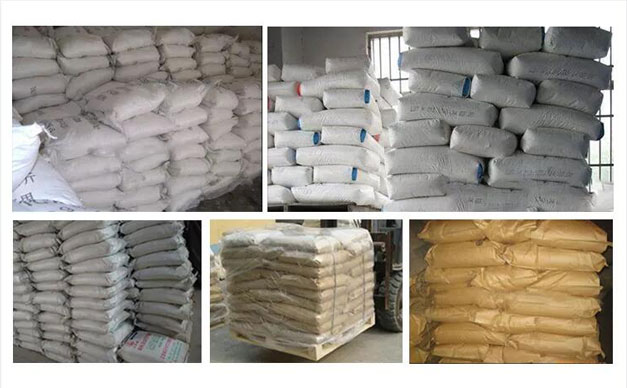Adipic acid or hexanedioic acid, also known as fatty acid, is an important organic dibasic acid with a structural formula of (CH2)4(COOH)2. It is white crystal or crystalline powder, slightly acidic and capable of sublimation. Slightly soluble in water and ether, easily soluble in ethanol. Stable in nature, low toxicity, irritating to eyes, skin, mucous membrane and upper respiratory tract. It is harmful to the environment and can cause pollution to water bodies and the atmosphere.
It can undergo salt-forming reactions, esterification reactions, amidation reactions, etc., and can polycondensate with diamines or diols to form high molecular polymers. Adipic acid is an industrially important dicarboxylic acid, which plays an important role in chemical production, organic synthesis industry, medicine, and lubricant manufacturing.
| Item | Adipic Acid |
|---|---|
| Appearance | White crystal powder |
| Purity | 99.8% MIN |
| Melting Point | 152°C MIN |
| Water content (m/m) | 0.2% MAX |
| Colour (pt-co) | 5 MAX |
| Fe (mg/kg) | 0.4 MAX |
| HNO3 (mg/kg) | 3.0 MAX |
| ASH (mg/kg) | 4.0 MAX |
What Is Adipic Acid Used For?

Production Process Introduction
The cyclohexane method is also called the benzene method: this process requires a large one-time investment, produces many by-products, and has three wastes pollution. However, because of its mature technology, most manufacturers currently use this method to produce adipic acid. At present, a new method has been developed on the basis of the benzene method: use a special catalyst to partially hydrogenate benzene to generate cyclohexene, hydrate cyclohexene to generate cyclohexanol nitric acid, and then oxidize to obtain adipic acid.
